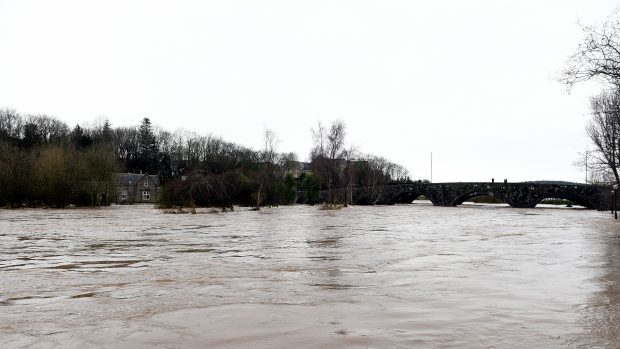In the past few months, we have been caught out by some of the worst flooding parts of the north have seen in generations.
But now flood experts are working together to beat the weather.
The Scottish Environmental Protection Agency (SEPA) has partnered with the National Centre for Atmospheric Science (NCAS), the University of Leeds, Scottish Water and the Met Office to improve our understanding of rainfall and flood predictions in Scotland.
The Radar Applications in Northern Scotland (RAINS) project will involve the deployment of NCAS’ Mobile X-band Radar to Kinloss, from January to July 2016, to observe clouds and measure rainfall. The observations from the NCAS radar will be used alongside the existing Met Office radar network to study precipitation and flooding.
This will be the first in-depth study of clouds, precipitation and their links to flooding in Scotland.
Dr Lindsay Bennett from NCAS at the University of Leeds, who operates the radar, said: “By deploying this radar in this location, we can provide high resolution observations of the precipitation in the Inverness and the Moray Firth area. Using this data we aim to improve the understanding of rainfall and the predictions of floods in Scotland.”
Michael Cranston, SEPA’s Forecasting and Warning Manager, said: “The winter of 2015/16 has already seen devastating floods across several parts of the country and Scotland has been reminded just how horrendous the effects and impacts of flooding can be for people. SEPA is committed to reducing the risk caused by floods by improving our ability to predict flooding, which is why we have funded this new research project. Innovation like this increases our knowledge, which leads to better forecasting, which ultimately helps our partners and those at direct risk to prepare and reduce the impacts of flooding on their lives.”
Dr Aileen McLeod MSP, Minister for Environment, Climate Change and Land Reform said: “Recent flood events have shown the importance of flood warning in supporting informed and effective responses. This initiative will help enhance SEPA’s flood forecasting capacity and delivery of the recently published flood risk management strategies.”
